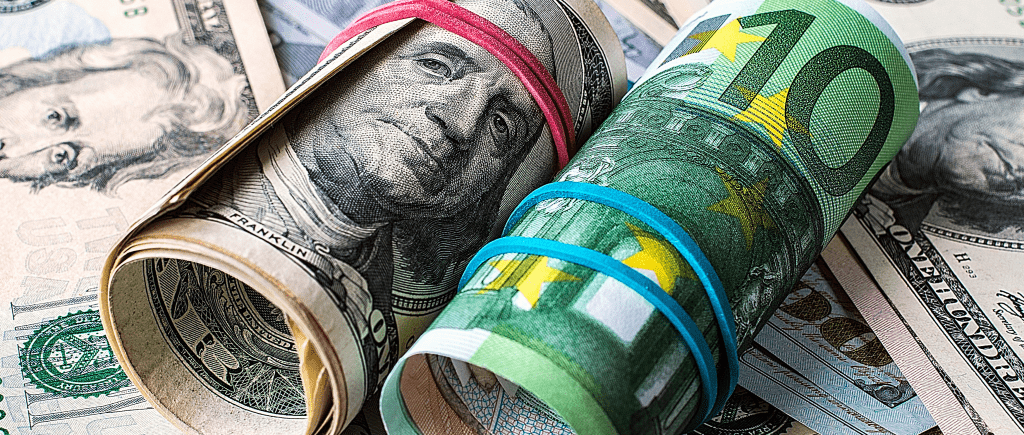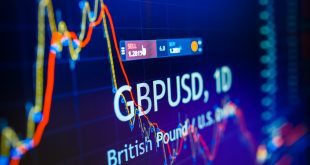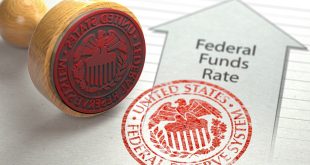Political as well as other crises across Europe add further pressure on the shared currency. The EUR/USD pair plunged to 0.9951, a fresh multi-year low, now recovering above parity. Speculative interest turned into safety amid persistent fears of recession, triggering stock market selloffs.
Fears temporarily cooled during the US session as Fed’s Christopher Waller noted that markets may have gotten ahead of themselves by pricing a 100 basis points rate hike in July, adding that a 75 bps hike will bring about a neutral stance.
German Economy Minister Robert Habeck said that the uncertainty around gas deliveries “is clouding the economic outlook considerably heading into the second half of the year.” Also, Italian Prime Minister Mario Draghi announced he is resigning. Crises in Europe added to the shared currency’s weakness. Gazprom, the Russian energy giant, said that it would not guarantee to resume the functioning of the Nord Stream 1 pipeline after it was shut down for repairs.
Germany published the June Wholesale Price Index, which rose by 0.1% MoM and by 21.2% YoY. On the US front, the country released Initial Jobless Claims for the week ended July 8, up by 244K, above the 235K expectation. June’s Producer Price Index inflation hit 11.3% YoY, while the core reading in the same period eased modestly to 8.2%.
On Friday, the focus will be on US Retail Sales, seen rising by 0.8% MoM in June. The EUR/USD pair is bearish according to technical readings in the daily chart. However, an intraday recovery ahead of the close and extreme oversold conditions hints at a corrective advance. Still, technical indicators continue to head south at multi-month lows while moving averages stand far above the current level, in line with the dominant downward trend.
The euro has hit parity with the dollar, falling to its lowest level in 20 years and even skirting just below a one-to-one exchange rate with the US currency at times this week. It is a psychological barrier in the markets. But psychology is important, and the euro’s slide underlines the foreboding in the 19 European countries using the currency as they struggle with an energy crisis caused by Russia’s war in Ukraine.
Most hopes for recovery after COVID-19 pandemic era are replaced by recession predictions. Higher energy prices and record inflation are to blame. Europe is far more dependent on Russian oil and natural gas than the US to keep industry operating and generate electricity.
Energy prices have driven euro-area inflation to a record 8.6% in June, making everything from groceries to utility bills more expensive, raising also fears about governments rationing natural gas to industries including steel, glassmaking and agriculture if Russia further reduces or shut off gas supplies completely.
The Eurozone is likely heading into recession. The euro has not been valued below $1 since July 15, 2002. While constantly changing, it has dropped below the USD dollar several times this week.
The European currency hit its all-time high of $1.18 shortly after The US dollar is still the world’s dominant currency for trade and central bank reserves. And the dollar has been hitting 20-year highs against the currencies of its major trading partners, not just the euro.

 Noor Trends News, Technical Analysis, Educational Tools and Recommendations
Noor Trends News, Technical Analysis, Educational Tools and Recommendations




